Animal substances
Animal substances are an integral part of perfumery
Powerful scents that give off the scent of skin, fur, body odor and sometimes even fecal. It's true that at first glance it doesn't seem very pleasant and it's even difficult to imagine them in a perfume. However, mixed with other materials, they bring warmth and sensuality. And, contrary to what one might think, they are used in many formulas, because they help to fix the most volatile notes and can sublimate a fragrance.
The use of animal notes dates back to antiquity and has been used throughout the ages. Today, with the modernization of manufacturing methods, most of these materials are reproduced in laboratory, in synthetic molecule. (Natural perfume and synthetic perfume)But, unfortunately, some animals like the civet or the North American beaver are still tortured or killed for their secretions.
What are the animal notes?
Modern perfumery has six animal raw materials, namely musk, ambergris, civet, castoreum, beeswax and hyraceum.

- Civet: A small animal between the cat and the fox, the civet is native to Africa and India. Coveted for its glandular secretion, it is a powerful, animal and fecal odor that is very used in perfumery to highlight flowers. Even if the animal is not killed during the recovery of the secretion, it is locked in a cage and undergoes horrible suffering.

- Tonkin Musk: The musk comes from a species of a deer living in the highlands of the Himalayas, Tibet, Vietnam, Nepal and Mongolia. An abdominal gland located under the skin of the male produces a liquid secretion which during the rutting period turns into coffee-like beans. It is therefore necessary to kill the animal to recover the element. Nowadays, it is an endangered species, so it is very protected and severe measures are applied against traffickers and poachers who continue to kill the animal. Its smell, sensual and carnal, makes it a very popular material for perfumers. It is often reproduced in synthetic molecule, there are several types of synthetic musk.

- The Castoreum: It is a very fatty oil secreted by the glands of the North American beaver to protect its hair from cold and humidity. Its smell, aggressive in its pure state, becomes pleasantly sweet and warm once the castoreum is diluted, it reminds the smell of leather and fur. Mostly used in amber and oriental perfumes, castoreum is less and less used in perfumery, because its extraction requires killing the animal.

- Ambergris: It is a pathological concretion that forms in the intestine of sperm whales. Squid beaks ingested by the sperm whale collide with its intestinal wall, causing secretions expelled by natural means that float for many months on the surface of the sea water before washing up on the shore and hardening. This material is still allowed today, since it is collected on the coastline and does not involve cruelty to the animal. But with the disappearance of sperm whales and pollution of the seas, finding quality ambergris is becoming increasingly difficult. Today perfumers use more synthetic derivatives, ambrox or ambroxan which have very similar olfactory characteristics.

- Beeswax: We all know the delicious taste of freshly harvested honey that melts in the mouth and makes our gourmet sense of smell vibrate with its warm and sweet scents. Beeswax, produced by these delicate little workers, is also a natural raw material used in perfumery. It is the sweetest animal note of all.

- The hyraceum: Essence coming from an animal, commonly called "Daman des Rochers", a small rodent that looks like a big marmot and that lives in caves. Hyraceum is created from the animal's excrement, more precisely from their pheromone-rich urine. The members of the colony will deposit this urine always in the same place. After several centuries of aging, the urine is petrified. It then takes the form of a dark brown stone. No harm is done to the animal. It is a material with a powerful animal and leathery smell which is not very much used in perfumery.
What are the alternatives?
There are two possibilities to protect our dear friends: synthetic chemistry, which allows perfumers to recreate these animal scents, and natural ingredients of botanical origin.
In botanical perfumery, several plants, flowers and spices allow us to give a leathery, animal facet to our creations. I am thinking in particular of ambrette, a plant that grows in equatorial regions, India or Egypt and whose fruit contains seeds that offer a musky scent and can easily replace Musc Tonkin. Cumin, an herbaceous plant used for more than 5,000 years, is a spice that is a little different, because it brings very sensual animal notes, often compared to the smell of our sweat. The cistus, a small shrub with white or pink flowers covered with a film of resin called "Labdanum" and is widely used in botanical perfumery as a powerful and animal note. Or the blackcurrant bud, birch wood, opoponax not to mention all. Whether synthetically or naturally, beautiful alternatives are available to all perfumers.
You just have to choose according to your values and desires. On our side, you know that at Kanopé Fragrances, we have a deep love for the botanical perfumery.For us, no synthetic material will ever be as beautiful as the natural smell of a flower, a plant or any other material.
Let's leave our animal friends in peace and turn to the different alternatives!






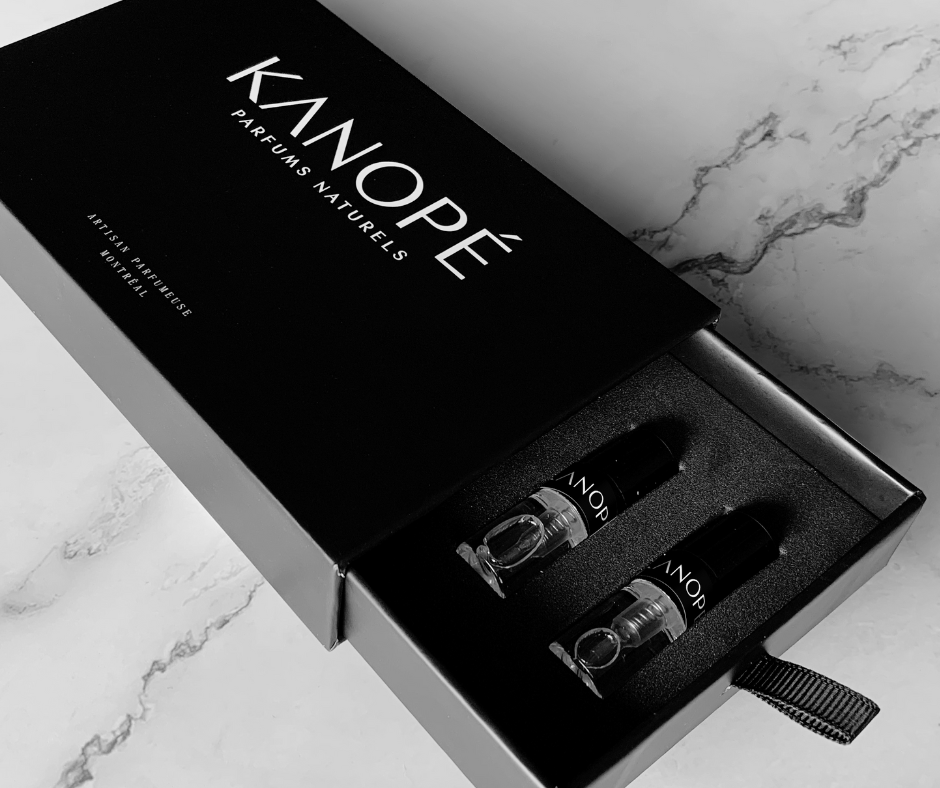



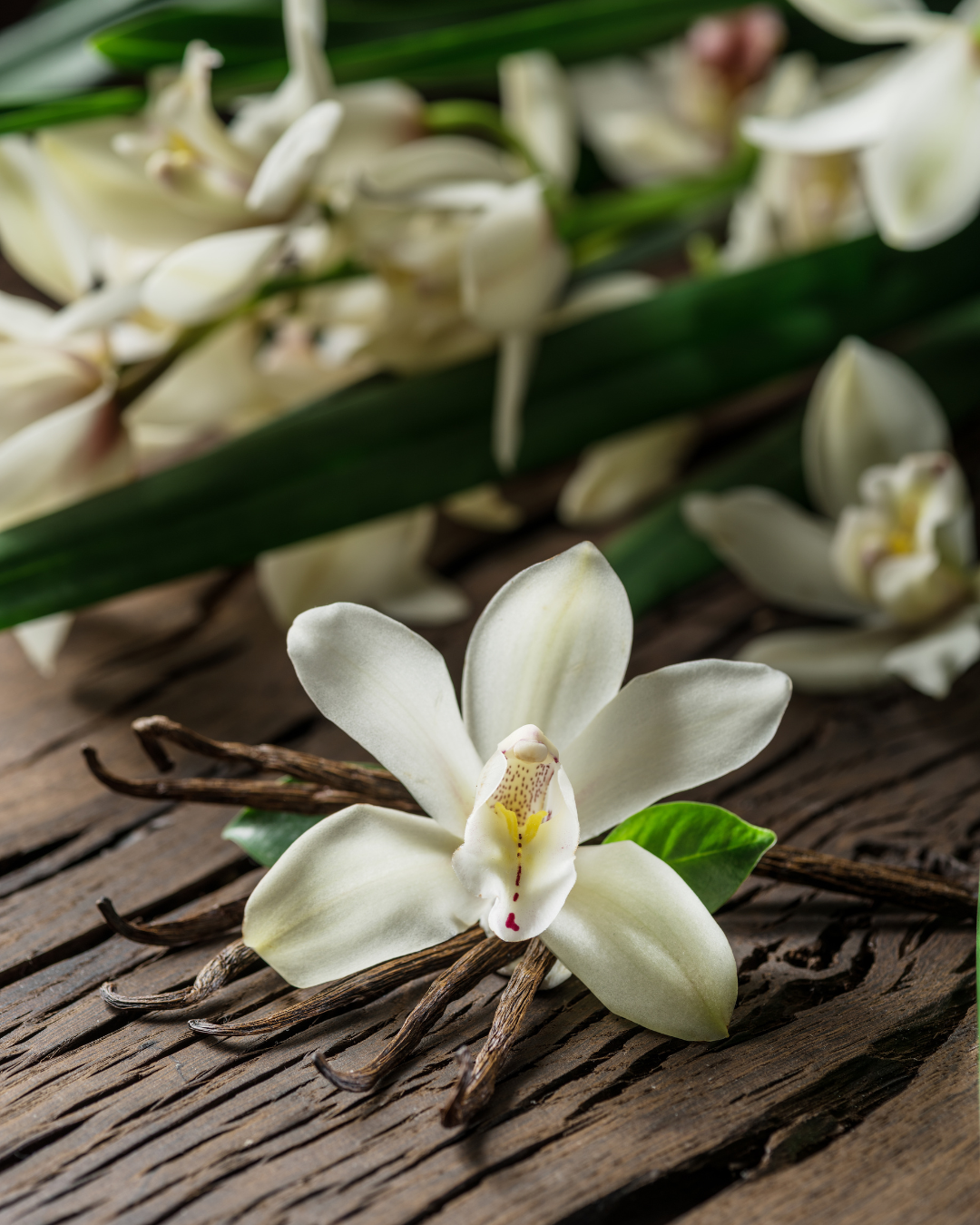
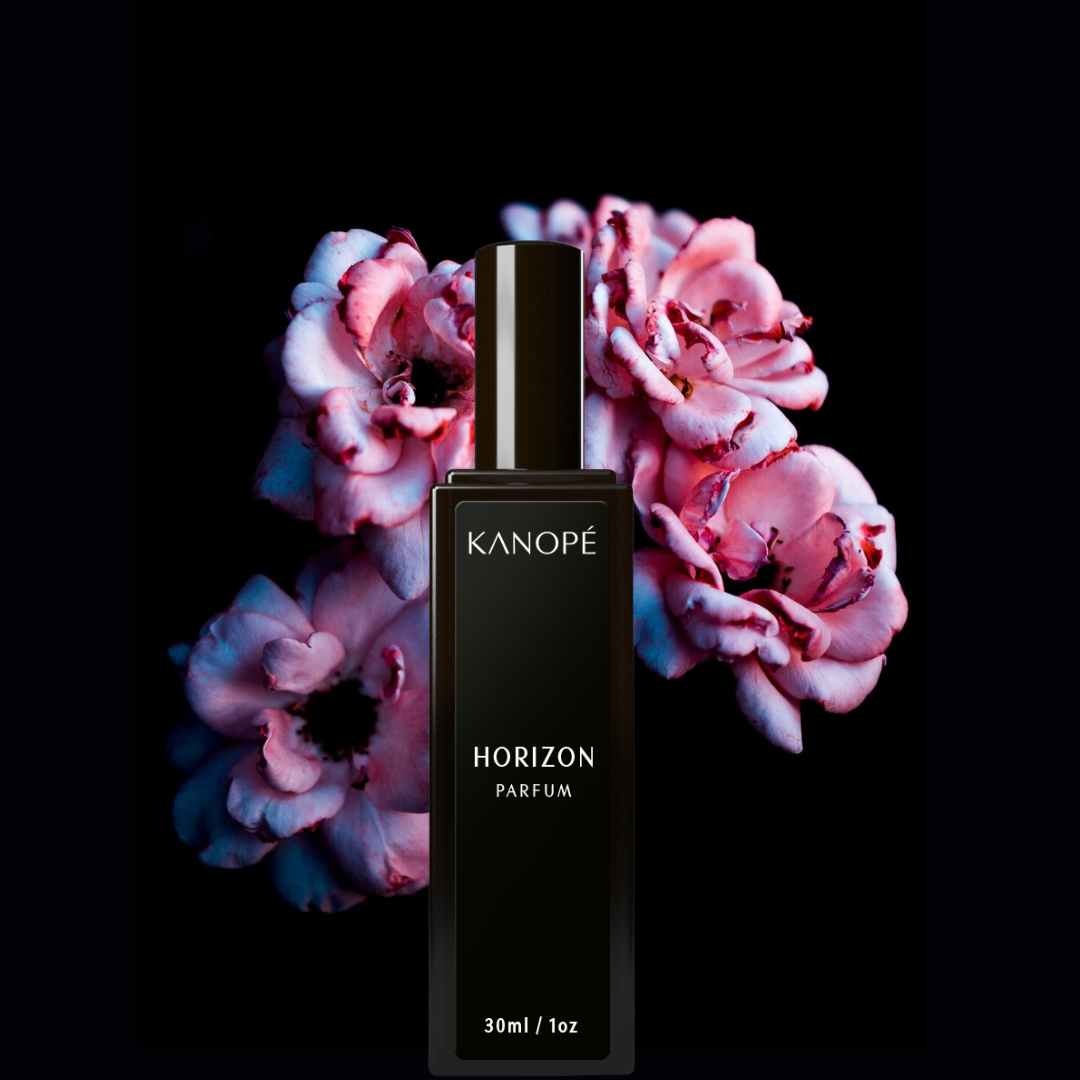
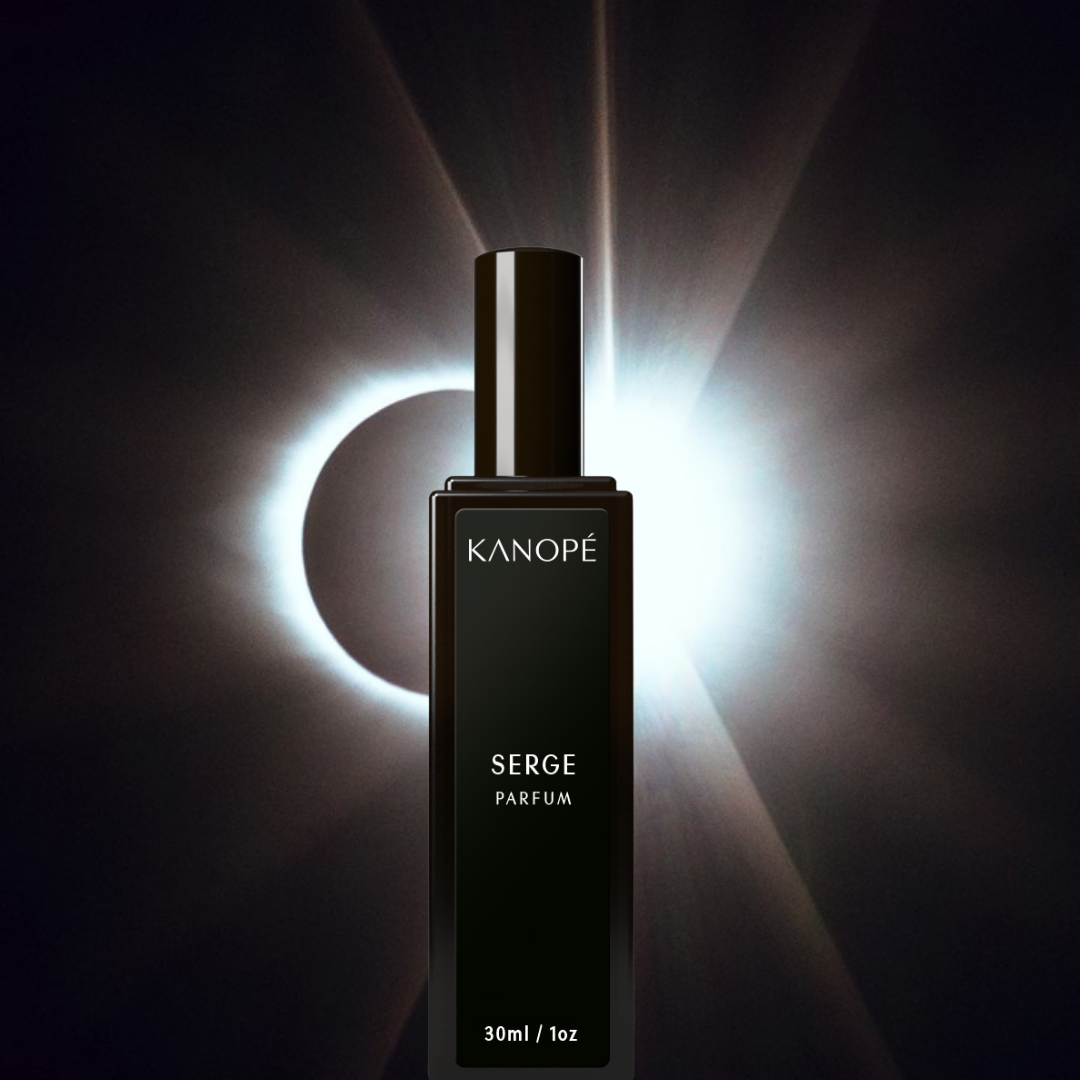
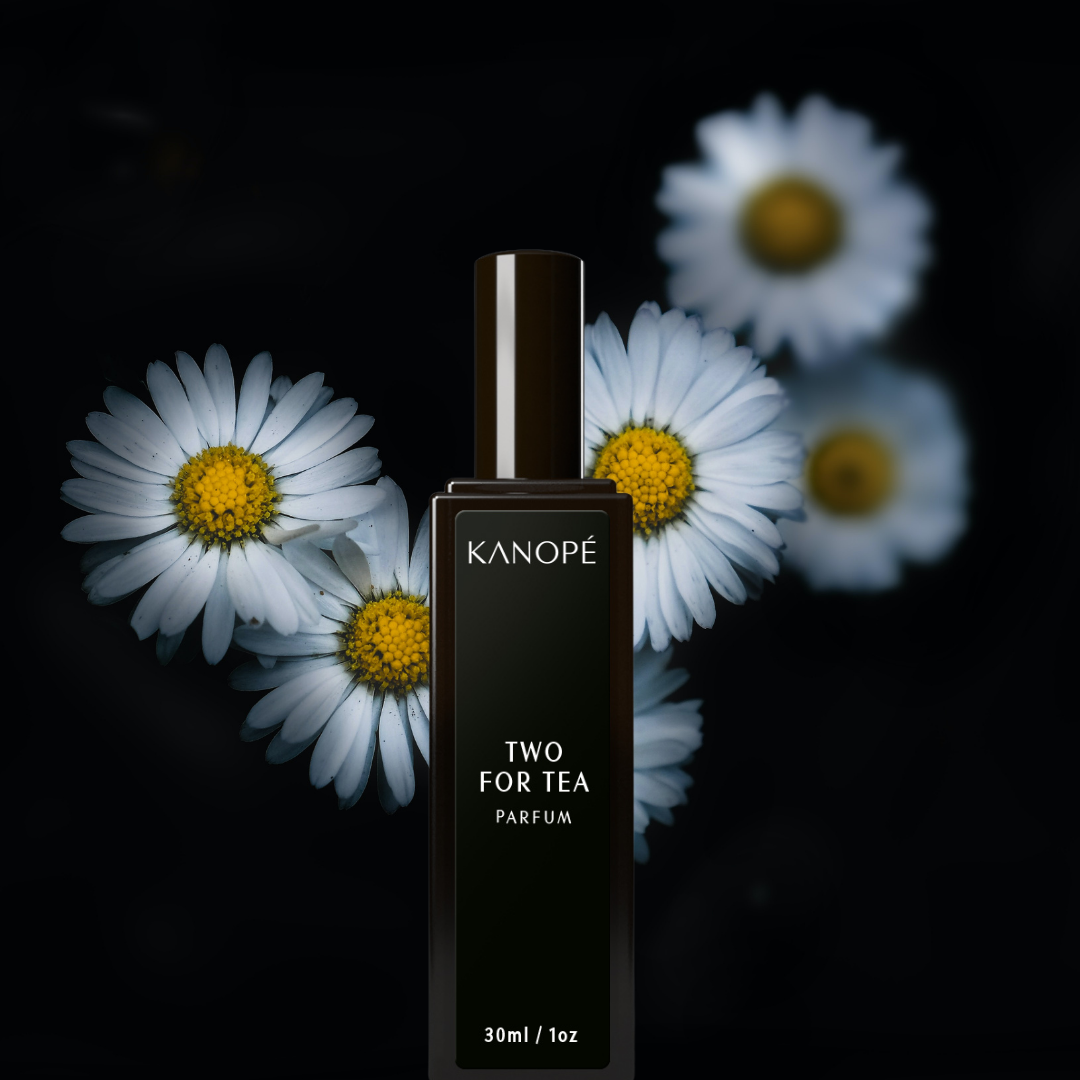
Leave a comment